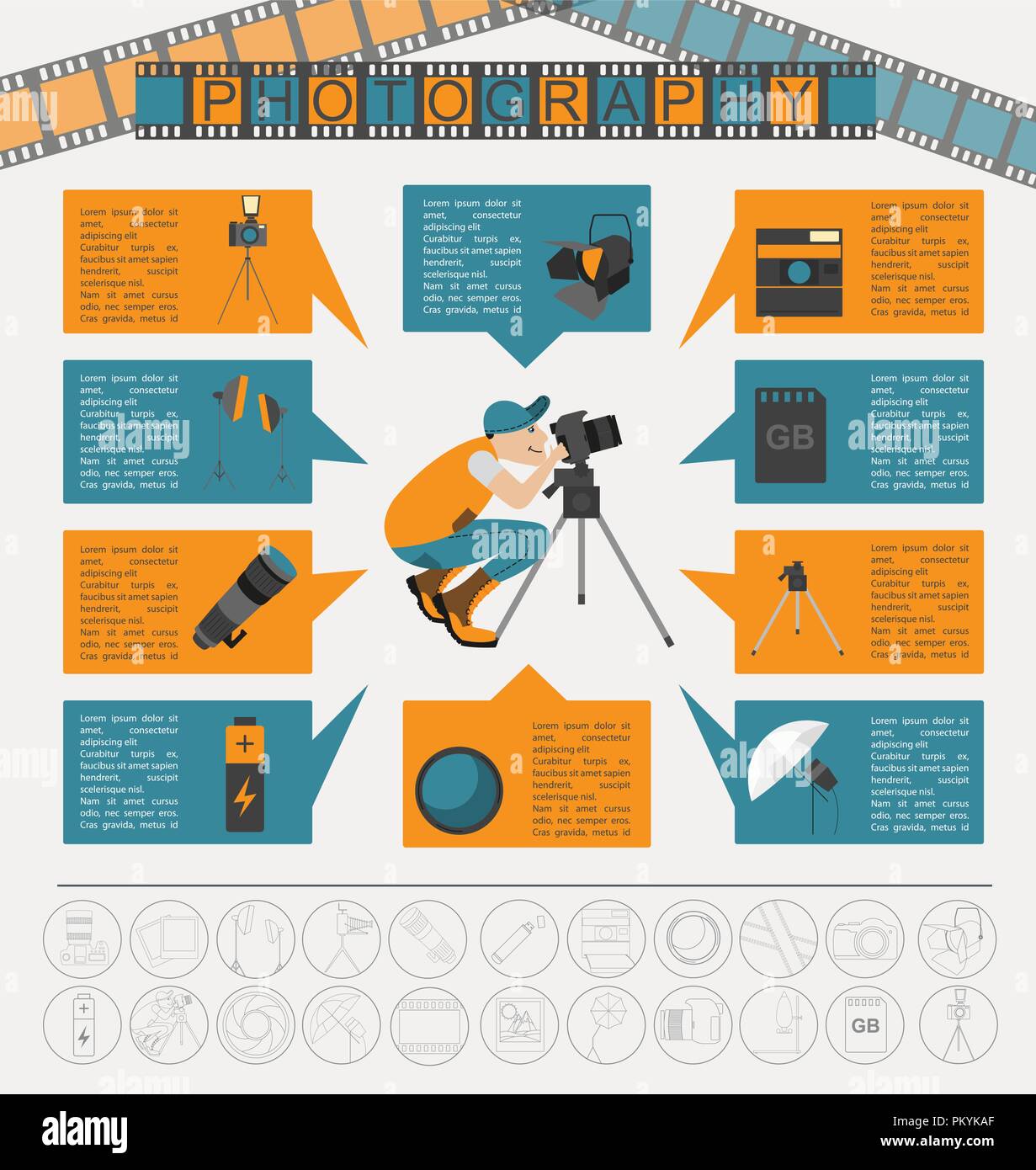Photography Tips For Beginners: Grasping Your Cam In A Snap
Photography Tips For Beginners: Grasping Your Cam In A Snap
Blog Article
Material Author-Lyons Monroe
When you first get your electronic camera, it can feel frustrating with all the settings and alternatives readily available. You might find yourself questioning how to navigate aperture, shutter speed, and ISO effectively. Understanding these fundamentals is important, however there's more to digital photography than just technical knowledge. Understanding structure techniques and lights problems can elevate your images substantially. So, suppose you could learn easy methods to enhance your abilities and begin recording excellent images faster than you believe? Let's discover just how to transform your photography trip.
Understanding Electronic Camera Setups
Understanding your electronic camera setups is important for capturing magnificent pictures. When you pick up your video camera, familiarize yourself with the 3 main setups: aperture, shutter rate, and ISO. Each plays a vital function in how your pictures turn out.
Beginning with aperture, which controls the quantity of light going into the lens. A bigger aperture (lower f-number) allows a lot more light and creates a lovely background blur, excellent for pictures. Alternatively, a narrower aperture (higher f-number) maintains even more of the scene in focus, suitable for landscapes.
Next off, concentrate on shutter rate. This setting establishes for how long your cam's sensor is subjected to light. Read Home freezes activity, which is fantastic for activity shots, while a sluggish shutter speed can produce magnificent results like smooth water in landscapes.
Finally, change your ISO. This setting affects your electronic camera's sensitivity to light. A higher ISO is useful in low-light scenarios yet can present noise or grain. Go for the most affordable ISO feasible while still achieving proper exposure.
Make-up Methods
When you're out shooting, structure can make all the difference in exactly how your images resonate with visitors. Beginning by utilizing the rule of thirds; envision your structure split right into 9 equivalent areas with two horizontal and 2 vertical lines. Setting crucial elements along these lines or at their intersections to develop balance and interest.
Next off, take into consideration leading lines. These all-natural lines in your scene, like roadways or rivers, draw the viewer's eye right into the picture, guiding them through the story you're informing.
Don't ignore framing; use aspects within your scene, like trees or windows, to create a framework around your subject, including depth and emphasis.
Additionally, watch on your history. A cluttered history can distract from your primary subject, while a basic one assists it attract attention.
Lastly, explore balance and patterns; they can create a striking photo that records focus.
Learning Lights Conditions
Grasping lighting conditions is essential for capturing magnificent photos, as the best light can transform an average scene into something extraordinary.
Begin by observing natural light at various times of the day. Early mornings and late afternoons provide the very best light, known as the gold hour. The soft, warm tones during these times can enhance your pictures wonderfully.
Do not avoid overcast days either; diffused light can decrease rough shadows and produce a pleasing effect, especially for portraits.
https://telegra.ph/Prepare-To-Discover-The-Keys-Of-Travel-Photography-Basics-That-Will-Change-Your-Adventures-Into-Exciting-Aesthetic-Stories-Howev-01-08 by placing your topic versus the light source. This method can produce a wonderful halo effect and add deepness to your images.
Take note of your video camera settings as well. Adjust the ISO, aperture, and shutter rate to suit the lighting conditions. A higher ISO can aid in reduced light, yet beware of grain.
Make use of a tripod in darker settings to avoid blur.
Finally, do not fail to remember man-made lighting. Flash and continuous lights can be fantastic tools for regulating light in challenging conditions.
Conclusion
Finally, grasping your camera does not have to be overwhelming. By recognizing your setups, applying structure strategies, and harnessing the power of natural light, you'll promptly raise your photography abilities. Bear in mind, exercise makes best, so get out there and explore your newly found expertise. With time and devotion, you'll be recording magnificent images that mirror your unique viewpoint. Take https://squareblogs.net/eliz654madelene/easy-ways-to-improve-your-picture-digital-photography in the trip, and don't neglect to have fun while you're at it!
